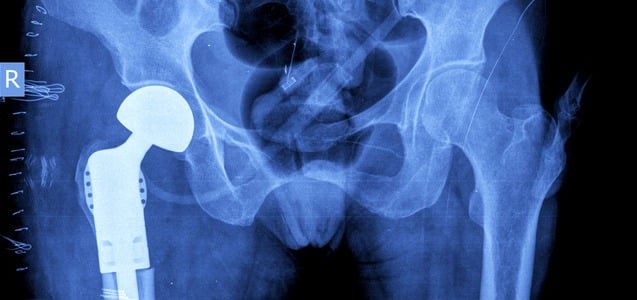
Trunnionosis—Once Again, Proof That Metal and Hips Don’t Mix
Thirty years ago, trunnionosis surfaced as a diagnosis to characterize corrosion and wear occurring in hip replacements at the head-neck interface that connects with the thigh bone (femur). Historically, orthopedic surgeons often found corrosion or wear associated with hip implant failures in the area of the hip bone (acetabulum), but not the femur. More recently,...
CONTINUE READING
History Repeats Itself: MDL Created for another Defective Zimmer Metal on Metal Hip Replacement
In recent years, federal MDL’s (Multi-District Litigations) have been created for a large number of defective metal-on-metal hip replacements, including Smith & Nephew’s BHR and R3; Stryker’s Rejuvenate, ABG II and LFIT V40; as well as many others. In 2010, a large number of cases involving Zimmer’s defective metal-on-metal Durom Cup hip replacement system were...
CONTINUE READING
Diagnosing Hip Implant Pseudotumors with MARS MRI
The symptoms related to defective metal-on-metal hip implants can be extremely overwhelming for some patients. For many individuals, the device that was supposed to restore their quality of life has instead resulted in pain and immobility. Several of the negative side effects of the metal-on-metal hip implants can be difficult to diagnose. Fortunately, there is...
CONTINUE READINGMetal-on-Metal Hip Implants and Metallosis
Metal poisoning occurs when toxic levels of metal build up in the body causing damage to tissues, bones, and the nervous system. One type of metal poisoning, called metallosis, can occur as a side effect of joint replacement surgery using metal components such as those in metal-on-metal hip implants. Medical device manufacturers like Smith &...
CONTINUE READING